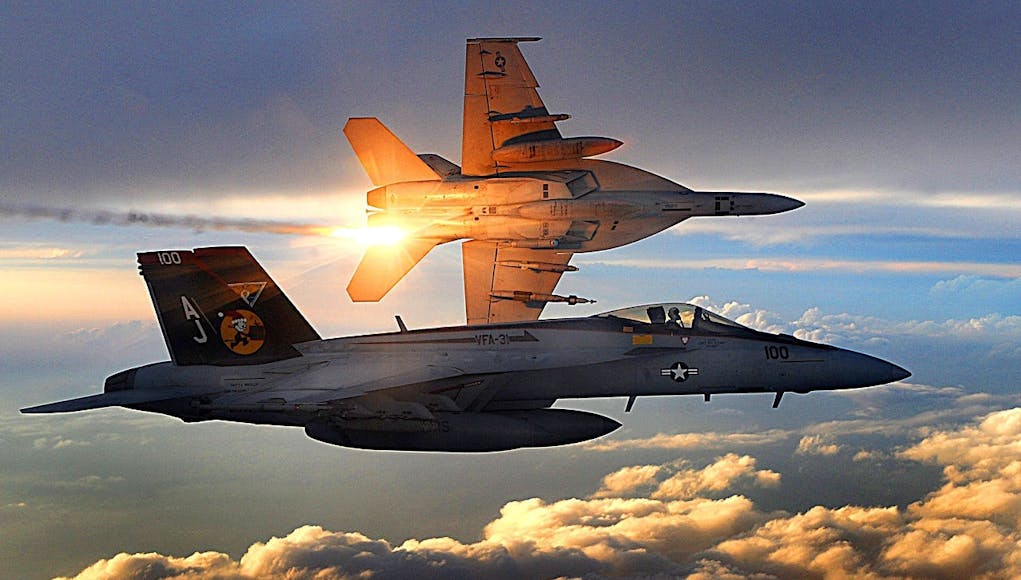Meggitt PLC has signed a contract with the Defense Logistics Agency in Philadelphia for the supply of fuel bladders to the F/A-18 Super Hornet.
The contract is valued at around $5.5 million and deliveries are scheduled to commence this month.
As an expert in polyurethane technology, the firm say that their ground-breaking fuel bladder design is lightweight, highly flexible, durable and maintenance-free, providing a long-life solution.
“Its unique self-sealing properties have proved fundamental in safe-guarding both crew and aircraft from the impact of ground fire, ensuring a safe return to base.”
Chris Allen, President of Meggitt’s Airframe division said:
“We thank the DLA Philadelphia for their continued endorsement of our fuel bladder solutions. We are proud to be playing our part in safeguarding the lives of active servicemen and women around the world with our pioneering technologies.”














Someone help me out, what do they mean with fuel bladder. Fo me its some type of bag that you can fill up. If that is the case where would it be fitted and could it withstand supersonic speed and the g force?
it’s the internal fuel tank(s) so yes, they can withstand supersonic speed & g-forces.
The Fuel Tank is still a Conventional Metal/Composite Box Structure if you like,the Bladder is Just a Liner that goes inside it,much like a FootBall.
It also adds self sealing. However, this is dependent on the number of hits and calibre used.
Thanks, so can I take it thats its a liner with a sponge inside a fuel tank?
No, they are like Paul mentions above, basically a special type of rubber liner. They are designed to expand and collapse with the fuel volume. This is to make sure there’s no space for fuel vapour to accumulate. Some will also have a number of piezo sensors embedded in them to detect rounds, thereby initiating a Halon extinguisher to prevent a fire.